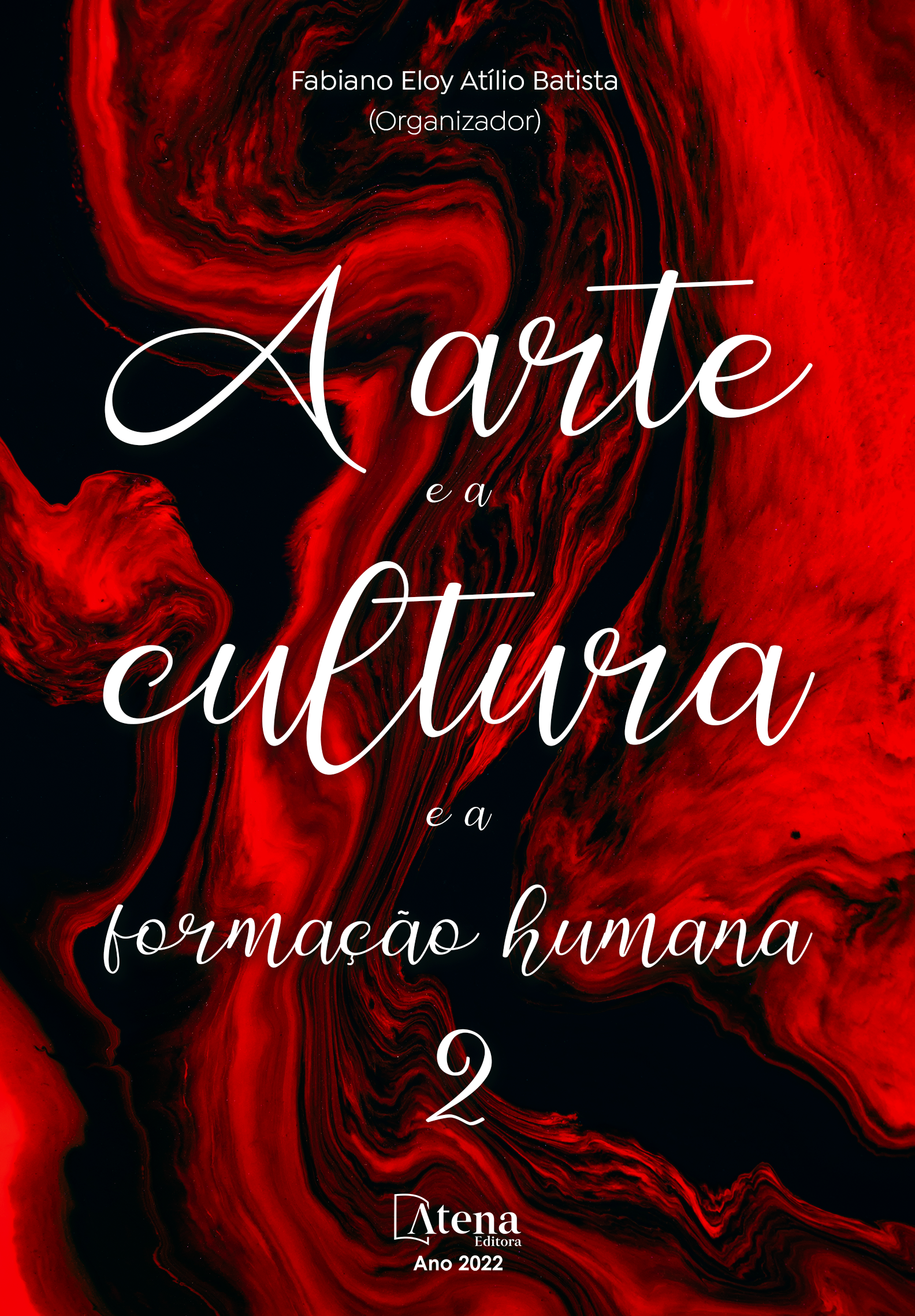
AS NARRATIVAS DA BÍBLIA HEBRAICA E OS ROTEIROS CINEMATOGRÁFICOS: convergências literário-metodológicas
Desde que Northrop Frye, em sua obra intitulada The Great Code: the Bible and Literature, tornou prestigiosamente permissível a concepção de que a Bíblia é o grande mito fundador de toda a ideologia literária do mundo ocidental, sendo, portanto, dentre outras coisas, uma das maiores obras literárias da humanidade, inúmeros pesquisadores têm se debruçado sobre estudos que competentemente vêm comprovando que a matriz literária bíblica possui seus vestígios abundantemente identificáveis tanto na literatura quanto na cultura hodierna. Instigado, no entanto, pela afirmação de Adele Berlin, em seu livro Poetics and Interpretation of Biblical Narrative, de que, no que se refere às narrativas da Bíblia Hebraica, a forma como algo é dito é tão importante quanto o próprio conteúdo da mensagem, a presente comunicação pretende demonstrar que não apenas os conceitos ideológico-literários das narrativas bíblicas permeiam o imaginário cultural do ocidente, mas que sincronicamente, também, a metodologia narrativa da literatura bíblica converge com a técnica que roteiriza os mais sofisticados produtos de storytelling da atualidade. Isso porque, de acordo com Robert Alter, em seu célebre livro The Art of Biblical Narrative, os textos bíblicos foram escritos fundamentalmente com vistas à récita, tendo, por sua vez, as imagens narradas em suas histórias projetadas por meio do olho da mente de seus ouvintes, de forma que, ao se desenrolarem os papiros, para a leitura pública, pode-se vislumbrar o movimento das bobinas de um filme que se projeta numa sessão de cinema. Conforme se pode depreender do trabalho de Daniel Marguerat e Yvan Bourquin, Pour Lire Les Récits Bibliques, acerca da configuração sintático-retórica dos textos bíblicos como elemento constitutivo da arte literária do antigo Israel, é razoável que se estabeleça um paralelo com as abordagens de David Bordwell, Narration in the Fiction Film, acerca das convenções literárias que norteiam os roteiros cinematográficos. Em ambos os espectros literários, quer seja da antiguidade ou da modernidade, certas estruturas gramaticais, tanto sintáticas quanto semânticas, desempenham as mesmas funções narrativas quando o assunto é produzir no narratário certas impressões planejadas. De acordo com Gary Yamasaki, Watching a Biblical Narrative: Point of View in Biblical Exegesis, assim como o posicionamento de uma câmera de cinema é milimétricamente planejado para imprimir o ponto de vista pretendido pelo texto do roteiro de um filme, a configuração verbal e o arranjo sintático, bem como o campo semântico das palavras escolhidas quando da composição dos textos bíblicos, cumprem a função de impressionar o ouvinte-leitor a respeito da unidade temática subjacente das camadas mais profundas de significado da trama que eflui do mundo narrado. Como exercício empírico, portanto, pretende-se abordar o esquema quinário que norteia o arco narrativo da jornada do herói José do Egito (Gn 37-50) e, também, o recurso epicizante empregado no discurso direto do protagonista da trama exodal em Ex 19,4-6a.
AS NARRATIVAS DA BÍBLIA HEBRAICA E OS ROTEIROS CINEMATOGRÁFICOS: convergências literário-metodológicas
-
DOI: 10.22533/at.ed.7112211041
-
Palavras-chave: narrativas bíblicas; roteiros cinematográficos; exegese bíblica; bíblia como literatura; análise narrativa.
-
Keywords: biblical narratives; film scripts; biblical exegesis; bible as literature; narrative analysis.
-
Abstract:
Ever since Northrop Frye, in his work entitled The Great Code: the Bible and Literature, made prestigiously permissible the conception that the Bible is the great founding myth of the entire literary ideology of the Western world, and therefore, among other things, a one of the greatest literary works of humanity, countless researchers have focused on studies that competently have been proving that the biblical literary matrix has its traces abundantly identifiable both in literature and in today's culture. Prompted, however, by Adele Berlin's assertion, in her book Poetics and Interpretation of Biblical Narrative, that as far as the narratives of the Hebrew Bible are concerned, the way something is said is as important as the content of the message itself, The present communication intends to demonstrate that not only the ideological-literary concepts of biblical narratives permeate the cultural imagination of the West, but that synchronously, too, the narrative methodology of biblical literature converges with the technique that scripts the most sophisticated products of storytelling today. This is because, according to Robert Alter, in his famous book The Art of Biblical Narrative, biblical texts were written primarily with a view to recitation, with the images narrated in their stories projected through the mind's eye of its listeners, so that, when the papyri are unrolled, for public reading, one can glimpse the movement of the reels of a film that is projected in a cinema session. As can be seen from the work of Daniel Marguerat and Yvan Bourquin, Pour Lire Les Récits Bibliques, about the syntactic-rhetorical configuration of biblical texts as a constitutive element of the literary art of ancient Israel, it is reasonable to establish a parallel with the approaches of David Bordwell, Narration in the Fiction Film, about the literary conventions that guide film scripts. In both literary spectra, whether from antiquity or modernity, certain grammatical structures, both syntactic and semantic, perform the same narrative functions when it comes to producing certain planned impressions in the narratee. According to Gary Yamasaki, Watching a Biblical Narrative: Point of View in Biblical Exegesis, just as the positioning of a movie camera is millimetrically planned to print the point of view intended by the text of a film script, the verbal configuration and the syntactic arrangement, as well as the semantic field of the words chosen when composing the biblical texts, fulfill the function of impressing the listener-reader about the underlying thematic unity of the deeper layers of meaning of the plot that flows from the narrated world. As an empirical exercise, therefore, it is intended to approach the quinary scheme that guides the narrative arc of the journey of the hero José of Egypt (Gn 37-50) and, also, the epicizing resource used in the direct speech of the protagonist of the exodal plot in Ex 19 ,4-6a.
-
Número de páginas: 12
- PETTERSON BREY


